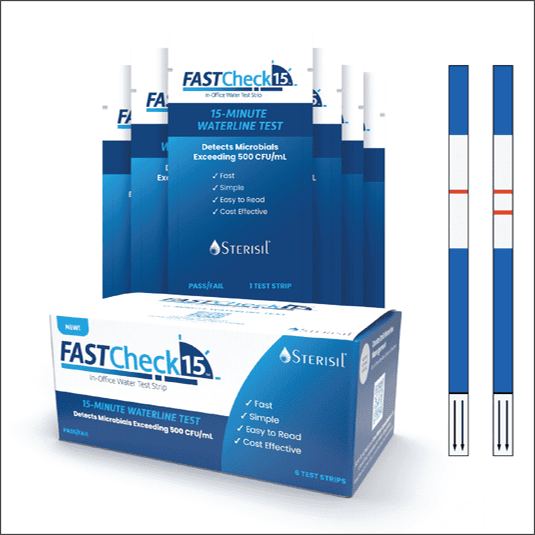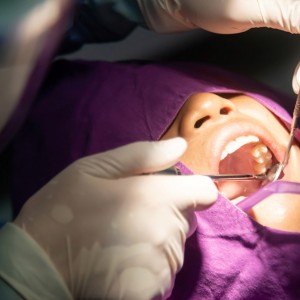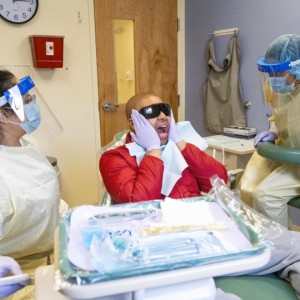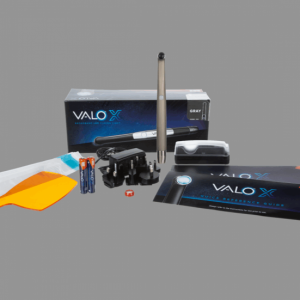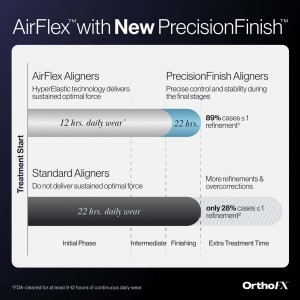
The Essential Testing Standard: Why Smart Dental Practices are Taking Control of Their Water Quality
If you’ve been following dental industry news lately, you’ve probably noticed a troubling pattern. Washington implemented mandatory dental waterline testing regulations in 2021. Georgia adopted similar legislation in 2025. More states are drafting comparable requirements. The reason? A series of preventable outbreaks that sent dozens of patients—many of them children—to the hospital with serious infections traced directly to contaminated dental unit waterlines.
The 2015 Mycobacterium outbreak in Georgia that sickened multiple pediatric patients wasn’t an isolated incident.1 Since 2015, we’ve seen outbreaks in California (73 infected children),2 New Jersey (15 patients with endocarditis),3 and Virginia (regulatory violations exposed by whistleblowers).4 Each outbreak had one thing in common: practices that weren’t properly testing their water quality.
Here’s what every dental professional needs to understand: testing is the only way to know if your treatment protocol is working and your waterlines are safe. Your water might look crystal clear, but harmful bacteria like Pseudomonas, Legionella, and Nontuberculous Mycobacterium can be multiplying in your lines, doubling every 4–20 minutes when left untreated.
The Regulatory Reality Check
The writing is on the wall. States are requiring quarterly testing of dental unit waterlines, with detailed documentation that must be maintained for five years. Georgia’s new rule mandates testing within 30 days of any plumbing changes. Washington requires follow-up testing 5–10 days and again 21–28 days after repairs. Both states require immediate remediation if bacterial counts exceed the EPA drinking water standard of 500 CFU/mL (colony-forming units per milliliter).
But here’s the thing: smart practices aren’t waiting for mandates. They’re already testing because they understand that patient safety isn’t just about compliance. It’s about trust, reputation, and the health and safety of their patients and their staff.
Breaking Down the Testing Barrier
For years, many practices avoided regular testing because it seemed complicated, expensive, or time-consuming. Those days are over. Today’s testing solutions are designed with busy dental practices in mind, offering options that fit every workflow and budget.
The key is understanding that you don’t need to choose between speed and accuracy. You can have both with a strategic approach that combines different testing methods.
The Fast Track: In-Office Testing
When you need answers immediately, in-office testing delivers. Products like FASTCheck15™ work exactly like a COVID test: collect a water sample, dip the test strip, and read the results in just 15 minutes. The visual pass/fail system couldn’t be simpler: when one line appears on the test strip, you’re safely below 500 CFU/mL. Two lines mean you need immediate remediation.
This rapid feedback is invaluable for several scenarios:
- Monday morning checks before your first patients arrive
- Post-remediation verification to confirm your shock treatment worked
- Between quarterly tests when you want peace of mind
- After equipment repairs or installs to ensure everything is functioning properly
In-office testing empowers your team to catch problems before they become patient safety issues. Instead of waiting days for lab results, you can take immediate action when bacterial counts spike.
The Deep Dive: Laboratory Analysis
While in-office testing excels at immediate decision-making, laboratory analysis provides the detailed documentation and trend analysis that conscientious practices demand. Professional lab testing offers several advantages that complement rapid testing:
EPA-Certified Accuracy: Facilities like DENTISAFE Labs (the only EPA-certified laboratory specifically for dental water testing) provide the gold standard in precision and reliability.
Comprehensive Documentation: Detailed CFU counts and professional reports satisfy regulatory requirements and provide required documentation for inspections.
Trend Analysis: Over time, lab results reveal patterns in your water quality that help you optimize your treatment protocols and identify potential issues before they become problems.
Convenience: Modern mail-in kits include everything you need—sample bottles, prepaid shipping labels, and detailed instructions. Some services provide early notification within 24 hours, with complete results available through online portals within a week.
Smart Sampling Strategies
How you collect samples is just as important as which test you choose. Most practices benefit from pooled sampling for routine monitoring, combining equal amounts of water from all lines in a single dental unit into one test sample. This approach is economical and efficient for established practices with consistent treatment protocols.
Single-source sampling (testing each line individually) is recommended for new practices, units that have never been tested, or when troubleshooting specific problems. Individual line testing provides detailed insight into which specific waterlines might need attention.
Building Your Testing Protocol
The most successful practices adopt a hybrid approach that leverages both testing methods strategically:
Monthly In-Office Screening: Quick FASTCheck15™ tests provide ongoing assurance and immediate feedback. Many practices make this part of their Monday morning routine.
Quarterly Laboratory Analysis: Professional R2A testing meets regulatory requirements while building a comprehensive database of water quality trends.
Post-Incident Verification: In-office testing confirms that remediation efforts were successful before returning to normal operations.
Document Everything: Whether you’re using digital platforms like My Solutions Center by Solmetex or traditional paper logs, maintain detailed records of all testing, including dates, personnel, results, and any corrective actions taken.
The Bottom Line
Testing isn’t just about avoiding regulatory fines—though those are certainly motivating. It’s about protecting your patients, your practice, and your peace of mind. The children hospitalized in recent outbreaks didn’t have to suffer. Those practices didn’t have to face investigations, lawsuits, and shattered reputations.
Today’s testing solutions make routine monitoring easier and more affordable than ever. Whether you choose rapid in-office testing for immediate feedback, comprehensive laboratory analysis for detailed documentation, or a strategic combination of both, you’re taking control of one of the most critical safety factors in your practice. Because at the end of the day, there’s only one way to know if your dental water is safe: test it.
Source: https://solmetex.com/
 Read more
Read more
Oral surgery 27 October 2025
The authors assessed the incidence of postoperative bleeding in patients who were highly anticoagulated and in patients who underwent extensive oral surgical procedures and who continued using oral...
With a new name, Tufts Special Care Dental Clinics continues a 50-year mission of treating people with intellectual and developmental disabilities
Ultradent Products, Inc., a leading developer and manufacturer of high-tech dental materials, is announcing the launch of VALO X Colors: new, vibrant finishes for the award-winning VALO X curing...
News 27 October 2025
OrthoFX, a leading innovator of shorter wear time aligner systems, announces AirFlex with new PrecisionFinish Aligners.
News 27 October 2025
Young Innovations Strengthens North American Leadership Team
Young Innovations, a leading global manufacturer and distributor of dental supplies and equipment, is pleased to announce two significant additions to its North American leadership team as part of...


